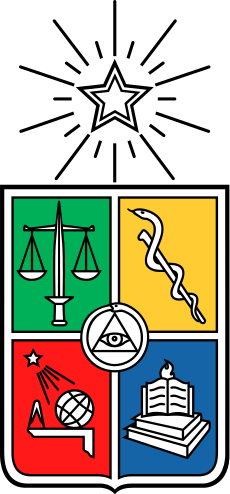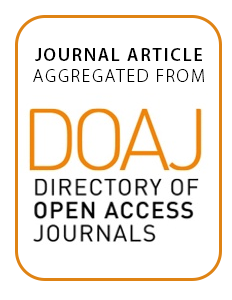Location
The University of Chile (Spanish: Universidad de Chile) is a public university located in Santiago, Chile. It was founded in November 19, 1842 and inaugurated in September 17, 1843.[1] It is the oldest and the most prestigious in the country[citation needed]. It was established as the continuation of the former colonial Royal University of San Felipe (1738)[2](Spanish: Real Universidad de San Felipe), and has a rich history in academic, scientific and social outreach. The university seeks to solve national and regional issues and to contribute to the development of Chile. It is recognized as one of the best universities Latin America for its leadership and innovation in science, technology, social sciences, and arts through the functions of creation, extension, teaching, and research.
Source: Wikipedia (consulted February 21st 2018).
Members:
Resources
Displaying 16 - 20 of 20Iniciativas sobre Desarrollo Urbano enunciadas por el Ministerio de la Vivienda y Urbanismo, marzo de 1979. /Urban Development Initiatives announced by the Ministry of Housing and Urban Development, March 1979.
El autor expone su parecer, en 1979, en materias de: el suelo y su valor, la ciudad, la infraestructura urbana y el desgaste de las instalaciones, la situación de la extensión urbana en Chile, y las perspectivas futuras, al momento de comunicarse las iniciativas sobre Desarrollo Urbano por el Ministerio de la Vivienda y Urbanismo en ese mismo año. /The author gives his point of view, in 1979, on the themes of: land and its value, the city, urban infrastructure and depreciation, the situation of urban extension in Chile, and future perspectives.
La "capacidad vial" del plan regulador chileno, ¿es lo suficientemente buena para dar forma a un entorno edificado sostenible?/ The "road capacity" of the chilean master plan is it good enough for shaping a sustainable built environment?
The "road capacity" of the Chilean Master Plan is a tool developed to measure the capacity of streets in terms of supporting the size of vehicle flow. This tool considers topics such as land use, population density and street width. The purpose of this technique is to incorporate it to the Master Plan, as a town planning instrument, so as to cope with traffic forecasting and congestion. However, the technique does not embrace any sustainability concept, this is due to a disregard of any district ´s social or environmental needs.
Urban form at the fringe of Metropolitan Santiago. A result of a normative or profitability plan?. / La forma urbana en la periferia del área metropolitana de Santiago. ¿La consecuencia de una normativa o plan de rentabilidad?
Metropolitan Santiago is one of the many Latin American cities which has been developed according to a spread model of urbanisation. This pattern has caused at least two types of consequences: economic and physical ones. The former is shown in the speculation of land value at the rural fringe of the metropolitan area which has low prices, these have suddenly increased after the normative changes in the land use, from rural to urban. The later shows location of massive low-income housing and commercial malls regardless connection to the urban fabric and spatial shaping of the existing city.
A 20 años de la liberación de los mercados de suelo. / At 20 years of the release of land markets.
Discurso de Inauguración del Seminario "A 20 años de la liberalización de los mercados de suelo", organizado por la Cámara de Diputados de Chile, el Lincoln Institute of of Land Policy, el Instituto de Estudios Urbanos de la P.
Urbanismo vs urbanización: distintas modalidades de hacer ciudad. / Town planning versus urbanization. Different ways of doing city.
El Plan Regulador Comunal es el instrumento normativo de planeación urbanística chilena, cuya formulación pretende regular en el ámbito comunal básicamente los siguientes aspectos: los usos de suelo, las condiciones de edificación y subdivisión del suelo, la red vial estructurante y los limites urbanos.Se cree que este instrumento es imperfecto toda vez que no incorpora en la normativa una dimensión clave del urbanismo: la morfología urbana, entendida como el sistema espacial tridimensional de la ciudad.


